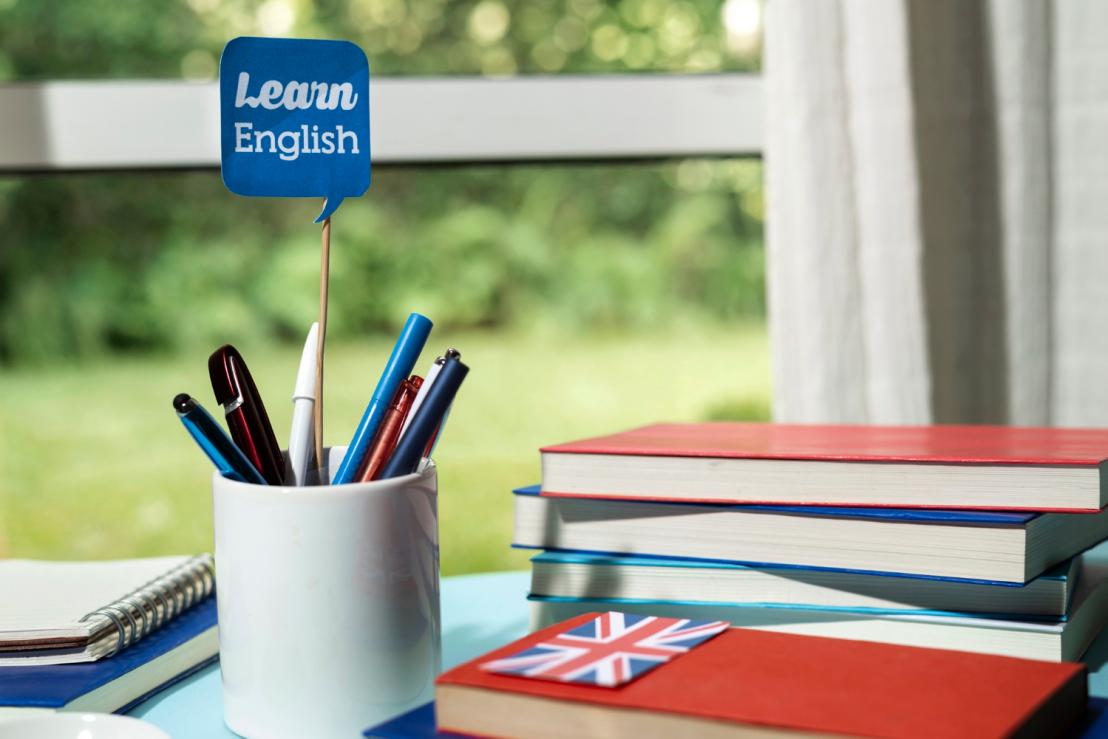Modal verbs in English
6 Mar, 2023

Considering the topic of adverbs in English, one must take into account their diversity. Comparative adverbs cannot be singled out as a separate category, since it simply does not exist in the grammatical structure of the language. However, adverbs, like adjectives, have degrees: comparative and superlative, which help to most fully express what is desired.
|
Positive |
Comparative |
Superlative |
|
near |
nearer |
the nearest |
|
easily |
more easily |
the most easily |
Just like adjectives, English adverbs have three degrees: positive, comparative and superlative. The rule for the formation of degrees of comparison in adverbs involves the addition of the suffixes er and est, or the additional words more, less, most and least. At the same time, do not forget about the definite article before using the superlative degree. Often in tests, it can become a hint for using it.
slow – slower – the slowest
The suffixal way of forming degrees of comparison is suitable for monosyllabic adverbs. For those words in which there are three or more syllables, the words more, most, less, and least will be used.
Exceptions that have their own word form include the following adverbs:
badly (bad) – worse – worst
far – farther – farthest
far – further – furthest
little – less – least
much (many) – more – most
well (good) – better – best
The process of forming comparative and superlative adjectives in English is built in the same way as with adverbs - with the help of suffixes or additional words. If the word has one or two syllables, then the suffixes er or est will be added. If the word is three-syllable or longer, then in this case we will add the words more in the comparative degree, and the most in the superlative.
Beautiful – more beautiful – the most beautiful
There are exceptions that have their own word forms and features of use. These include words such as:
Old – older – the oldest (about any age)
Old – elder – the eldest (about seniority in the family)
Good, bad and far will also apply to exceptions, but already as adjectives.
In English, there is such a feature as the ambiguity of a word. That is, literally the same word can have a different meaning. And, no, these are not the same sounding, but different in spelling words, this is the same word form, but with a different meaning.
This also applies in this case. So, without knowing the context, we will not be able to correctly determine the part of speech and easily confuse the adjective and adverb, which have similar features.
For example, the words good or bad can be translated into some languages both as adjectives and as adverbs.
In order to prevent this, you need to be more attentive to the details and surrounding words, and also not to be lazy to delve into the topic a little more.
So, for example, in English, only monosyllabic adverbs will change with the help of suffixes. For two or more compound words, the extra word rule will apply. However, this will apply partially to adjectives. The suffix mode is suitable for modifying one- and two-syllable words, while three- and more-syllable words will be used with complementary words. But that's not all. There are also disyllabic adjectives that can form the comparative and superlative in both ways.